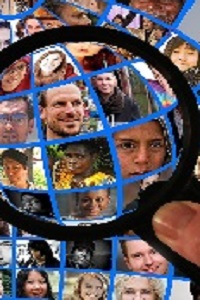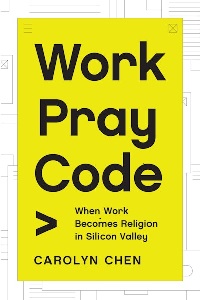How will these resources help you?
The 2021 Ofsted research review of Religious Education emphasised that the RE classroom must enable students to navigate a multireligious and multisecular world. Highlighted in this list are data and analyses on religion from across the globe to help students analyse what religion looks like in the world population today and make predictions for what religion may look like in the future. The 'Secularisation Thesis' and 'God of The Gaps' theories of the last century may yet be proven wrong, depending on how we choose to define religion and its relationship to a broader spirituality. With an interdisciplinary approach, your students can explore the future of religion and make predictions of their own.
The 2021 census on religion in England and Wales

Religion, England and Wales: Census 2021
published by Office for National Statistics
On the day that the 2021 Census data was released, there was considerable excitement from religion and worldviews teachers. Kathryn Wright, Chief Executive of Culham St Gabriel’s Trust, described it as a ‘special holiday or festival’ for us due to the impact of the statistics in our classrooms. In the briefing, representatives from different faith groups and academics discuss the statistics’ trends, possible reasons for the changes in adherents and what they predict for the future. Teachers can use the data in class for students to analyse and compare how different religious and secular institutions in the briefing have presented the information relating to their own group: what statistics or headlines did they prefer to focus on and why?
Religion in the world – Pew Research Center, USA

The Future of World Religions: Population Growth Projections, 2010–2050
published by Pew Research Center, (2015)
This is the first projection of religion across the world to use formal demographic data on population rates, migration, fertility, mortality and people switching between faiths. With a broad timeline and geographical reach, these comprehensive statistics will interest to religion and worldviews teachers and students. Students can apply statistical, geographical, sociological and political disciplines to the data on this site, which has both infographics and explanations of trends and processes. This resource was published before the 2021 census data for England and Wales, and its prediction that less than fifty per cent of the population would state they were Christian was accurate. Students could consider specific religions and regions of the world, as part of a broader topic in that area.
Faith in the future?

FutureProofing: Faith
by Timandra Harkness and Leo Johnson, published by BBC Radio 4, (2018)
What do religion and religious ideas fulfil for humanity, and why does religion endure despite the challenges of modernity and secularisation? These questions and more are explored in this episode. First, the ways that technology is answering many of the ultimate questions we have as humans, including the desire for immortality, are explored. Recorded before the release of the AI chatbot ChatGTP, a lengthy discussion on the implications of AI on religion and faith seems as timely now as it was in 2018. Discourse on fundamentalism and evangelicalism are juxtaposed with conversations around the ‘secular’ religion of humanism and the Sunday Assembly. Not only will this episode help in discussions around the future of religion, but discussions of the mind-body problem and what it means to be human in today’s world.
The future of religion: Case study – Tektopia

Work Pray Code: When Work Becomes Religion in Silicon Valley
by Carolyn Chen, published by Princeton University Press, (2022), 9780691219080
Sociologist Chen’s book explores the adoption of many religious ideas and processes by employers in Silicon Valley, USA, where religious membership has declined as working hours have increased. With language adopted from the broadly Buddhist worldview of ‘compassion’ and ‘enlightenment’, tech companies hope to fulfil the spiritual needs of their employees to enable them to bring their ‘whole selves’ to work. While this has some benefits for employees, Chen views it as detrimental to the wider community and social infrastructure. For example, with employees no longer attending external temples or places of worship, those places come into the company to run gatherings on site. These gatherings can then conform to the company’s needs and aim to increase productivity rather than a genuine spiritual path for the individual. As well as examining the commercial aspect of religion that these companies are tapping into, this serves as an interesting case for not only the future of religion but also how we define religion itself.
Further materials
The Spiritual Revolution: Why Religion is Giving Way to Spirituality by Paul Heelas and Linda Woodhead, published by Blackwell Publishing, (2004), 9781405119597
Find this book
Religions in the Modern World: Traditions and Transformations by Linda Woodhead, Christopher Partridge, and Hiroko Kawanami, published by Routledge, (2016), 9780415858816
Find this book
The One About the 2021 Census by Louisa Jane Smith, published by RE Podcast, (2022)
Access this resource
Secularism in 2050: huge changes in population make a secular UK even more urgent by Benjamin Jones, published by National Secular Society, (2015)
Read this article
Ruth Marx teaches Religion and Worldviews, is a Consultant for Religious Studies and PSHE, a Farmington Fellowship Scholar and a published blogger on Re:Online.
Text © Ruth Marx, 2023.
Text © Ruth Marx, 2023.



